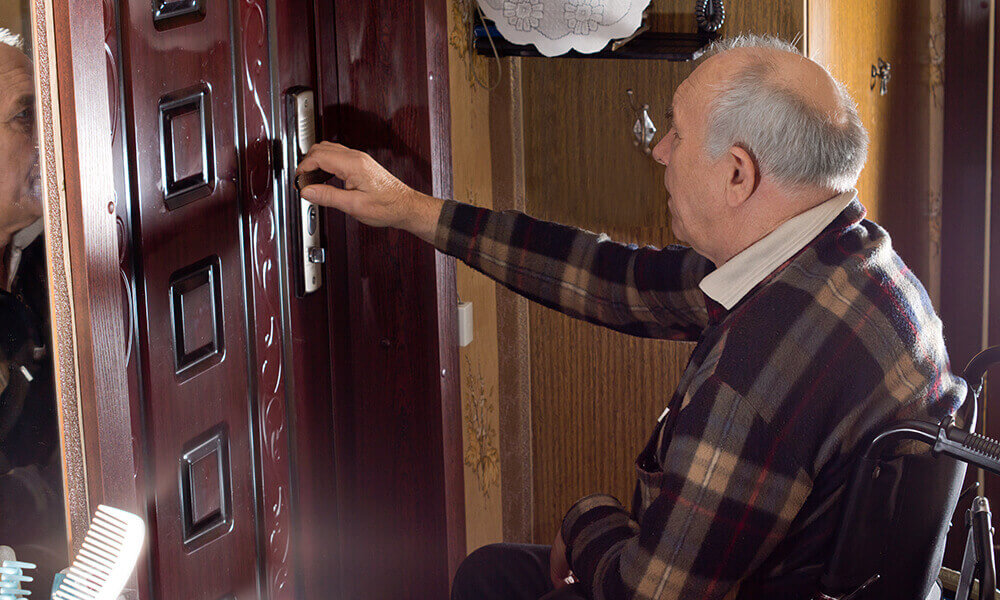Senior Safety: Start at Home
Everyone knows that it is important to keep a home safe if there will be children present. Keeping chemicals locked away and sharp objects out of reach seem like obvious moves to make all family members safer. What some people don’t realize is that as people age, they must start taking more precautions within their homes to keep themselves safe. Just as they would change things for a child or pet, they must begin taking steps for their own safety as things like mobility become bigger issues. The following are some of the most important places in the home which people should check for safety as they, or their older loved ones, age.
Entryway
Especially in the winter, entryways can be hazardous. Slick tile or wood floors can be a hazard to those who are prone to falls. Keeping a sturdy rug with a bottom made of rubber or other steadying material is important for helping loved ones keep sturdy footing. Also, having storage or shelving near the door for shoes, keys, and coats can help keep floors dry and uncluttered so that older people do not slip and fall. Finally, try to eliminate thresholds which could trip someone walking into the home. Thresholds should always be as level with the ground as possible.

Heating/Air Conditioning
It may sound silly, but some heating and air conditioning units have become very technologically advanced. Making sure seniors understand how to raise and lower the temperature in their home is important for their physical safety. Not only is it dangerous for older people to become to hot or too cold, but inadequate use of heating and air conditioning can cause pipes to burst or other hazards in the home.
Kitchen
Smoke detectors (and, on that note, carbon monoxide detectors) should be checked regularly to make sure they are in working order. A fire extinguisher with instructions should also be available in every kitchen in case of emergency. Electric coil stovetops have burner covers available in all colors and styles for aesthetic purposes, but they also protect against possible hazards in the kitchen. If the home still has a gas range, consider swapping it out for a newer model as many accidents can be prevented with this simple change.
Storage
Avoid having too much overhead storage if possible. Never store anything heavy above chest level as it can be too much for seniors to lift and can cause injury. Try investing in bed raisers and using plastic totes to store seasonal items under beds. Also, always remember to lift with the legs and not the back. If storage is only available overhead, have a step ladder nearby. TV trays and other small tables can be placed next to the ladder so older people can put the boxes down and use both hands to descend from the ladder.

Stairs
All stairs in the homes of older people should have a sturdy railing for support. If possible, it is practical to have railings on both sides of the stairs for added security in case of a fall. In some cases, a home lift system may be necessary for older people with limited mobility. Finally, note that even with a railing, wooden stairs may be slippery and increase the risk of falls. Securing carpet or stair treads can help lessen these chances.
Bathroom
Bathroom floors, like entryways, should always have a sturdy rug which will not slip out from under an older person’s feet. Installing shower railings or a shower seat can help older people remain safe in the shower as well. If both of these are impossible, showers should at least have a non-slip shower mat. In addition, shampoos, conditioners, and all other shower products should be held around eye level so older people do not need to bend to reach them. A hanging shower caddy is an inexpensive way to put all shower products at an accessible level in the shower.
Following these few tips can help make any space better and safer for seniors.

